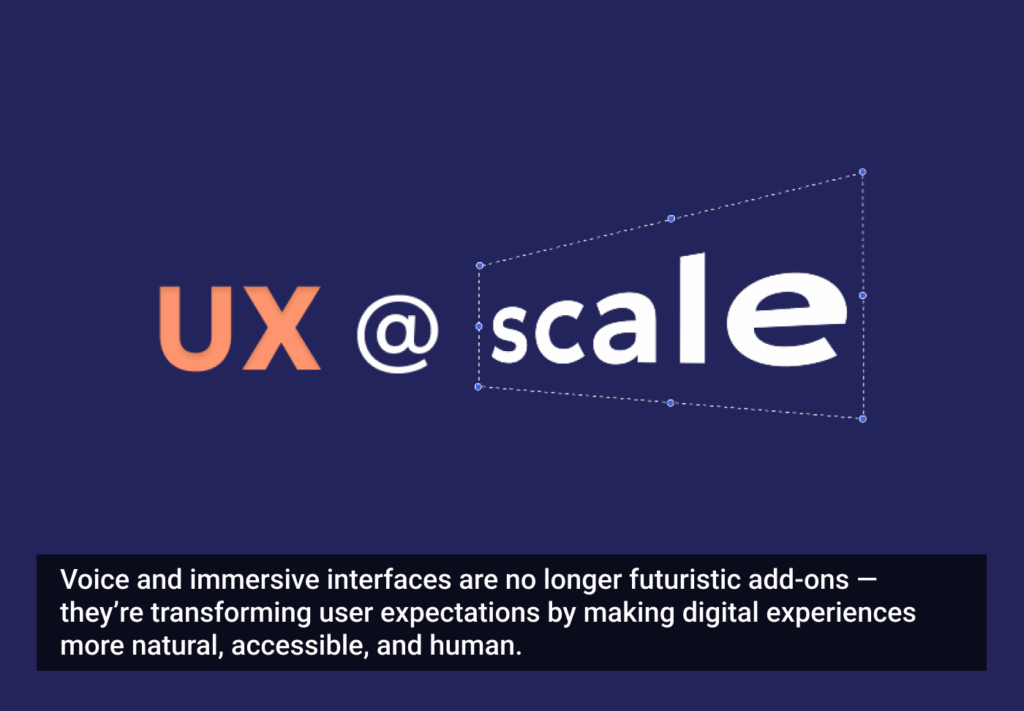Strewn throughout my home, you’ll find books and journals dating back to when I first learned to read and write. They’re in neat stacks, they’re shoved into drawers, they’re propping open doors… my bedside table is honestly just a stack of novels that I placed a Target candle on top of. I have always surrounded myself with stories because I have always had a deep appreciation for them — listening to them and telling them.
When I pursued a graduate degree in Interaction Design, I had no idea just how much I would get to engage with stories. Now several months into my degree, I am noticing that this is what design is about. Stories enhance meaning-making. Humans are uniquely wired to connect with each other through stories, finding grounds for empathy. I believe that we can become more impactful designers by listening to stories deeply and telling them strategically in all activities of the design process.
01. In Design
“Everybody is an expert in something.” Celeste Headlee — How to Have a Better Conversation
In many ways, the user’s story is the most important story to understand and honor. Everyone has a profound, unique story to tell that contains a world of design opportunities. As designers, it’s our job to listen to and retell our users’ stories through our designs. We can make beautiful wireframes, but they’re not truly valuable until they speak to the human needs and human stories that inspired them.
02. In Critiques
I’m sure many of us have received (and also given) design critiques along the lines of “I like that color.” or “Can you make it look more Instagram-y?” Critiquing is an integral part of the design process, and it’s where a lot can go wrong… or a lot can go right. What sets a valuable critique apart from a not-so-valuable critique is the story it tells. In Discussing Design, Connor and Irizarry describe the storyline of a good critique:
- Call out a specific aspect of the design.
- Relate that aspect of the design to the design objective.
- Describe how and why that aspect does or doesn’t support that objective.
Just like any good story, a good critique has a clear beginning, middle, and end. It’s based on a solid understanding of who the audience is and what they need to hear. When we follow this story framework, we’re able to focus our attention on the goals and principles of the design, we’re able to fully explain the thought processes and rationale behind our critique, and we’re able to explain it in a way that inspires and motivates. When we tell this strategic story in our critique, we become more insightful collaborators and contribute to more thoughtful design.
03. In Presentations
“Presentations have the potential to hold an audience’s interest just like a good movie.” Resonate — Nancy Duarte
Presentations are important tools that designers use to change, empower, and inspire their stakeholders in their design process and I’ve certainly left presentations feeling changed, empowered, and inspired. I’ve felt like I had been directly spoken to, taken on a journey and shown all that I could be.
In her book, Resonate, Nancy Duarte compares impactful presentations to a mythic adventure storyline: The loveable hero is introduced, they’re taken on a journey where they encounter roadblocks, and they emerge transformed. In our presentations, when we see the audience as “the hero” and take them on a journey, showing them all the things they have the ability to change and all that they can be, we can transform them and create positive change in our design stakeholders.
04. Everywhere Else
Stories are human artifacts and they’re not just valuable in entertainment. They’re how we connect and learn from one another and they can be strategically placed everywhere throughout the design process. I’ve highlighted a few activities in the design process where they have the potential to create profound change, but there are countless others. I challenge you to find them. Write them. Rewrite them. Use them as a tool to create better designs and be a more impactful designer.








